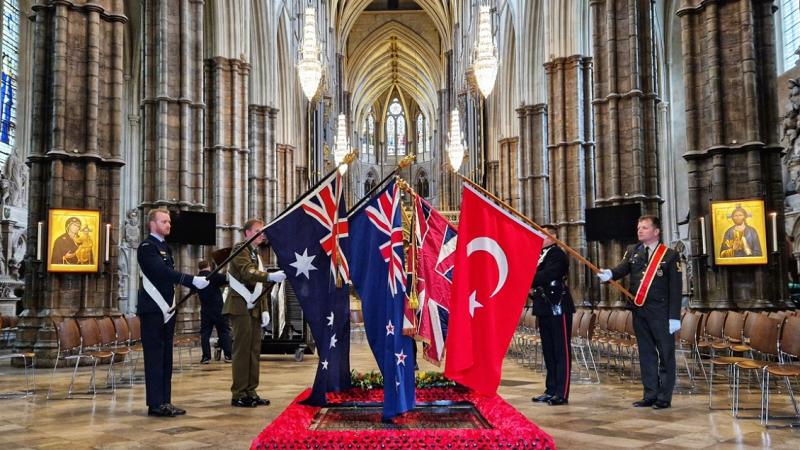- Hon David Parker
The Government has accepted the Environment Court’s recommendation to give special legal protection to New Zealand’s largest freshwater springs, Te Waikoropupū Springs (also known as Pupū Springs), Environment Minister David Parker announced today.
“Te Waikoropupū Springs, near Takaka in Golden Bay, have the second clearest water in New Zealand after Blue Lake in Nelson Lakes National Park. The springs and their aquifer will receive the highest possible level of legal protection, under a new water conservation order (WCO).
“WCOs are reserved for outstanding water bodies, and this is the first to be made in a decade.
“The WCO recognises the springs’ environmental and recreational values, and their significance for iwi/Māori. Those values will be protected and sustained,” David Parker said.
The Environment Court found that the natural state of the springs was at significant risk from human-induced pollution.
“I am delighted that the springs now have their own legal protection. This follows a huge amount of work by community advocates and iwi, and a rigorous public process since 2017 through a special tribunal and the Environment Court.
“The WCO sets restrictions on permitting activities or granting consents that would adversely impact water quality or flow rates. It aims to manage pollution from catchment land use, especially nitrate concentrations, so that the springs’ water quality is maintained or improved,” David Parker said.
Tasman District Council will now make changes in its regional plan as required by the WCO, while also updating its plan in line with the National Policy Statement for Freshwater Management 2020.
Notes for editors:
· A Water Conservation Order (WCO) is secondary legislation under Part 9 of the Resource Management Act 1991 (which still applies for this purpose).
· This WCO is called “Te Puna Waiora o Te Waikoropupū Springs and Wharepapa Arthur Marble Aquifer Water Conservation Order 2023” and has been gazetted today.
· The application for the WCO was made in 2017 by Ngāti Tama ki Te Waipounamu Trust (Ngāti Tama) and Andrew Yuill. It was referred to a special tribunal, which reported on the application in early 2020. The report of the special tribunal was appealed to the Environment Court.
· The Court’s report and recommendation was released on 28 July 2023 and included the recommended WCO. See: https://www.environmentcourt.govt.nz/assets/Documents/Decisions/2023-07-28-WCO-Final-Report-Recommendation.pdf
· The Minister for the Environment is required to either accept or reject a recommended WCO and cannot materially change it.
· The WCO is for the springs, and contributing surface waters and groundwaters, including the Fish Creek Springs, Wharepapa Arthur Marble Aquifer, and the Aquifer’s ‘recharge area’.
· The WCO is designed to maintain the springs in their natural state. This includes achieving a 9.7 percent reduction in nitrate concentrations, back to 2017 levels, by 2038.
· The WCO does not affect the lawful take or use of surface water or groundwater for the reasonable water requirements of dairy sheds operating in the aquifer’s recharge area as at 31 January 2018.
· Both the Cobb Hydro-electric Power Scheme and the New Zealand King Salmon hatchery operate within the WCO area. The WCO does not affect current or future (similar) resource consents for these operations, provided that their activities do not cause deterioration in water quality.
· In carrying out the requirements of the WCO in its plan provisions, Tasman District Council has scope to determine which activities are restricted and how, and to manage any impact on farming, provided the water quality outcomes prescribed by the WCO are achieved.
· The exceptional water clarity of the springs means visibility can approach 81 metres.








